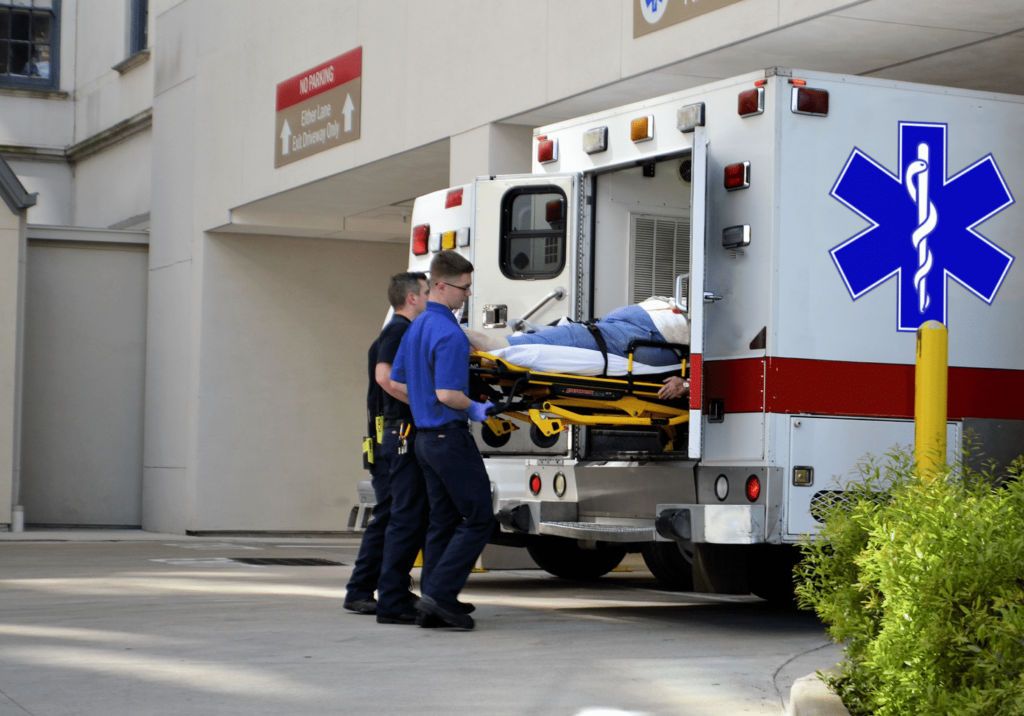
In a disaster, you may not have access to a kitchen. Food transportation can be an important part of your emergency preparedness plan. Keep sealable containers handy for easy transporting of your food supplies. The selection of Emergency Prep Gear food transportation equipment is designed for durability and ease of use.
Preparation
Whether you’re preparing for a long-term situation or a short-term emergency, it’s important to make sure you have enough food on hand. For some, this means stocking a deep pantry and for others, it may mean keeping a few freeze-dried meals or MREs around. No matter what your preference, having an emergency meal transport supply on hand can help you stay healthy and strong in any scenario.
The first step in preparing an emergency meal supply is to assess your family’s needs. Generally, you should plan your supplies to provide for a minimum of three days of survival. This includes a supply of water and sufficient calories to sustain your physical activity.
For a longer term emergency, you might want to consider a two-week supply. This would include more food than needed for three days, but the same general suggestions found above for a three-day supply will work well for two weeks or more of eating.
When planning your supplies, remember that you should choose foods that are nutritious, easy to cook, and that require little or no refrigeration. Also, avoid high salt foods since they increase thirst and can cause dehydration.
In addition to the basic nutrition ingredients, consider supplemental items like vitamins and supplements for rehydration and increased energy. These should be kept separately from regular food.
Once you’ve gathered your supplies, be sure to keep them stored in an area where they will be easily accessible during an emergency. Places like the garage, basement, storage room, closet, and even the refrigerator are good places to store emergency foods.
To ensure your emergency food supply lasts, be sure to check it regularly and replace any expired products. It’s also a good idea to have an annual or semi-annual prep review with your family. This can be a great way to teach your kids how to be prepared for emergencies, and it’s a lot of fun!
Having an emergency food transport on hand is one of the best ways to prepare for any type of emergency. It can save you time, money, and provide you with a nutritious meal when you need it most.
Storage
Many families prepare short-term food supplies for emergencies such as job loss, home disasters and natural disasters. These supplies typically provide enough liquid intake, energy and special diets for a family of four for a few days or a week or two.
Some of the more long-term storage options for emergency meals include freeze-dried and dehydrated foods, commercially canned goods and dried fruits, vegetables and rice. These foods are lightweight, inexpensive, nutritious and have a long shelf life.
These food types are ideal for keeping in your vehicle, backpack or other carry-on luggage. They are also ideal for camping, hiking or other outdoor activities, as they will keep you full and satisfied throughout a crisis situation.
Freeze-dried and dehydrated foods are the most popular choice for emergency meal transport, as they are lightweight and have an incredibly long shelf life. They are also highly nutritious and provide all the essential nutrients needed during an emergency or extended disaster situation.
A good emergency supply includes a variety of meals, including complete dinners, breakfasts and snacks. These meal kits include items such as cereals, rice, soup, dry milk, bread and dried fruit.
Canned foods are also a great option, as they can last for up to a year or more without refrigeration before they start to go bad. However, they should be stored in cool, dry places and consumed within a year.
Lastly, consider storing your food in zipper-closure plastic food storage or freezer bags. These are a great way to store opened packages of dried milks, potatoes, rice, cereals and dried fruits in case you need to make a quick meal during an emergency.
A high-quality emergency food supply is the best way to protect you and your family from an unexpected disaster. Choose from a wide selection of quality freeze-dried and dehydrated foods at Emergency Essentials, so you’re prepared for whatever comes your way. We also offer a number of other useful products to help you prepare for any emergency, including survival kits and a wheat grinder.
Transportation
Often overlooked in emergency preparedness planning is the transportation of food to help feed survivors of disasters. When hurricanes, wildfires and floods destroy food supplies and infrastructure in a region, it can be devastating to survivors. As such, many transportation carriers and operators have been providing meal delivery in times of disaster to support relief efforts.
To transport ready meals safely, you’ll need a portable cooler that has an airtight seal and is sturdy enough to handle the weight of the meals you’re transporting. You’ll also want to find a way to keep the cooler cool. This can be done by using ice crystals or an electric cooler that will offer total protection to your meals.
This 72 Hour Kit includes 78 servings of delicious dehydrated and freeze-dried food that are packed inside an easy-to-transport 4 gallon pail. Its nutritious meals include rice, dehydrated vegetables and dry soup mix flavoring along with Morning Moos(r) Low Fat Milk Alternative for added nutrition. Keeping these tasty and healthy meals in your vehicle, pantry or office will help you stay focused and energized when the unexpected happens. This kit is a great option for aging adults or families who may not have the time or resources to stock their own supply.